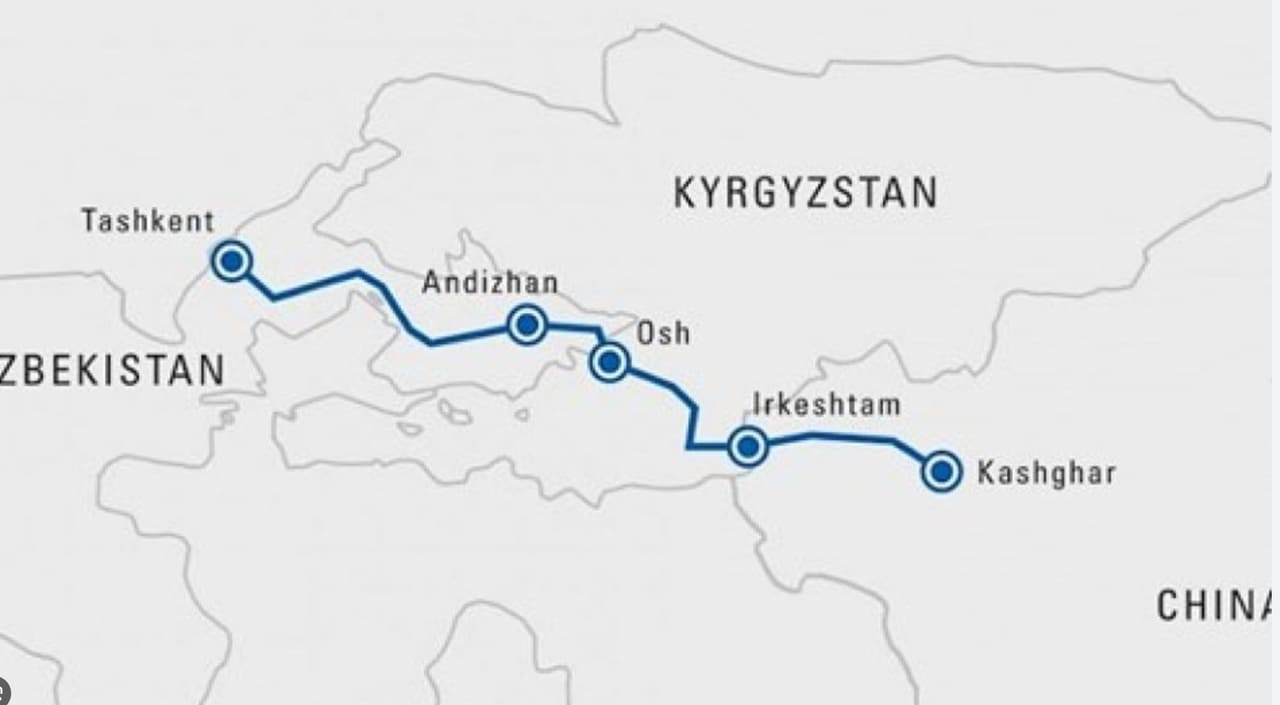Recent geopolitical crises in Eastern Europe and the Middle East have increased the role of Central Asia as a transit region linking major markets. This shift aims to improve transport connectivity and integrate Central Asian republics into global supply chains. However, unity among the five Central Asian states on these initiatives remains limited.
Currently, these countries prioritize international transit corridors over local connectivity, leading to low coordination, project duplication, and resulting competition. This is especially evident between Kazakhstan and Uzbekistan, each seeking access to Turkish and European markets via the Caspian Sea, according to an article authored by Nargiza Umarova, a Senior Research Fellow at the Institute for Advanced International Studies (IAIS), University of World Economy and Diplomacy (UWED), and an analyst at the Non-Governmental Research Institution “Knowledge Caravan”.

In 2018, the Central Asian states initiated Consultative Meetings to enhance multilateral cooperation in transport communications. A priority identified was the alignment of national transport systems to boost trade and expand transit potential. Plans included establishing a Regional Center for Transport and Communications Interconnectivity under the United Nations, developing a Strategy for Regional Transport Corridor Development, and adopting a Regional Program for Transport Communication Development. Years later, these initiatives remain unimplemented, although some progress has been made. In 2018, Uzbekistan and Tajikistan resumed railway service along the Galaba-Amuzang-Khoshadi route, resulting in nearly a twofold increase in mutual trade. A similar outcome occurred between Uzbekistan and Kyrgyzstan following the launch of the Tashkent-Andijan-Osh-Irkeshtam-Kashgar multimodal corridor.
Uzbekistan and Kazakhstan have taken steps to advance local transport projects. As the largest economies in Central Asia, these nations account for nearly all intraregional trade, motivating the development of new freight routes. In 2021, they agreed to construct the Uchkuduk-Kyzylorda road and railway, connecting Kazakhstan's Kyzylorda region with Uzbekistan's Navoi region, reducing the distance by over three times. Additional plans include the Darbaza-Maktaaral railway line and the Beineu-Shalkar road.
Despite cooperation, Astana and Tashkent sometimes compete in external transport and logistics. A prominent example is the Trans-Caspian International Transport Route (TITR), also known as the Middle Corridor. Following the war in Ukraine, demand for the Middle Corridor among global cargo-generating centers in the East and West has surged. This route from China to Europe passes through Central Asia, the Caspian Sea, the South Caucasus, and Turkey. The TITR serves as an alternative to the Northern Corridor, which is affected by anti-Russian sanctions. The route's transportation volumes reached 2.7mn tons in 2023 and are projected to increase to 4.2mn tons in 2024. Since the start of this year, container transit from China through the Middle Corridor has increased by a factor of 14. The route’s capacity could expand to 10 million tons of cargo annually with infrastructure improvements.
It is important to emphasize that nearly all Central Asian countries are involved in the TITR. Experts from the European Bank for Reconstruction and Development (EBRD) note three main transit routes within the Middle Corridor: the northern route through northern Kazakhstan, the central route through southern Kazakhstan, and the southern route through Kyrgyzstan, Uzbekistan, and Turkmenistan. Kazakhstan has a strategic position within the Central Asian segment of the China–European Union supply chain due to its borders with China and Russia.

Uzbekistan is also working to establish a role in transit transportation between China and Europe. Uzbekistan’s involvement in multimodal transport routes supports its ambitions, including the Kyrgyzstan–Uzbekistan–Turkmenistan–Caspian Sea–Azerbaijan–Georgia–Black Sea region route and the Kyrgyzstan–Uzbekistan–Turkmenistan–Iran–Turkey–European Union route. The China-Kyrgyzstan-Uzbekistan highway allows cargo from China to reach Uzbekistan in two days, compared to ten days via Kazakhstan. Plans are underway to construct a railway along this route.
In trans-Caspian transport development, Central Asian states act as both partners and competitors. Partnership is evident in their efforts to develop connecting routes. For example, Uzbekistan and Kazakhstan agreed to construct the Uchkuduk-Kyzylorda railway, which will integrate into the Kazakh section of the TITR. In 2019, Uzbekistan, Kyrgyzstan, Turkmenistan, Azerbaijan, Georgia, and Turkey launched an alternative trade route to Europe via the Caspian Sea, known as the CASCA+ corridor. Participants agreed to establish a consortium to coordinate activities on this route.
Kazakhstan, Azerbaijan, and Georgia institutionalized the Middle Corridor in 2014 by forming a Coordination Committee, which became the International Association “Trans-Caspian International Transport Route.” This highlights the fragmentation among Central Asian states in developing transport routes, which may foster competition and discord in the region.
As intra-regional ties deepen in Central Asia, it is crucial for Uzbekistan and Kazakhstan to integrate their transport projects and establish joint coordination mechanisms. A coordinated approach to managing transit transportation through the Caspian Sea along the China-Europe-China axis is necessary, grounded in equality and mutual benefit.
Follow Daryo's official Instagram and Twitter pages to keep current on world news.
Comments (0)